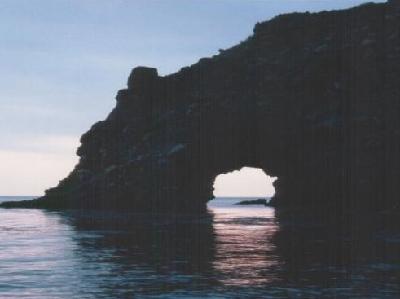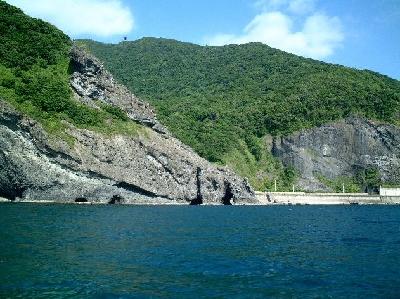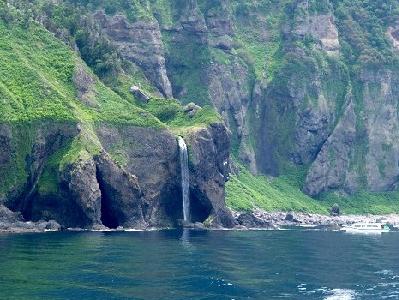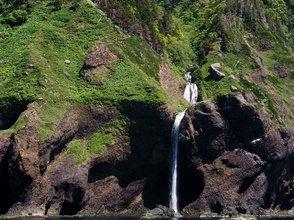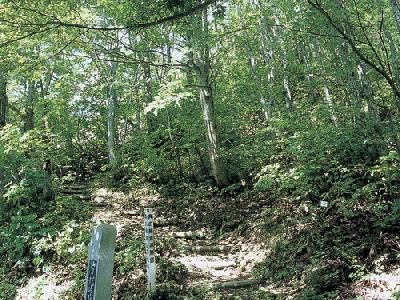|
Shokanbetsu-tenuriyagishiri National Park, in Ishikari, the western part of central Hokkaido, was designated a park in 1990. Ruran Shore is located inside the park.
Ruran means 'path that god walks on' in the language of the native Ainu people of Hokkaido. Solid rocks appear to be cut from the shore and the cliffs are so mysterious you cannot help thanking the ancestors who named the shore. Many of the rocks along here have strange rugged shapes and are lined with cracks.
Some of the many beauty spots on Ruran Shore include Yoshitsune's Tears Rock and Amoi Cave, as well as caves along the cliffs. Nature has produced some glorious views.
This shore is also well-known for its beautiful evening sunsets. You will be moved and tremble at the beauty of the sight. Strange rocks become red as they are lit up by the evening sun setting on the far horizon. This is indeed the twilight time of the Ainu god.
Ruran means 'path that god walks on' in the language of the native Ainu people of Hokkaido. Solid rocks appear to be cut from the shore and the cliffs are so mysterious you cannot help thanking the ancestors who named the shore. Many of the rocks along here have strange rugged shapes and are lined with cracks.
Some of the many beauty spots on Ruran Shore include Yoshitsune's Tears Rock and Amoi Cave, as well as caves along the cliffs. Nature has produced some glorious views.
This shore is also well-known for its beautiful evening sunsets. You will be moved and tremble at the beauty of the sight. Strange rocks become red as they are lit up by the evening sun setting on the far horizon. This is indeed the twilight time of the Ainu god.
| [+ADDRESS] | 
|

